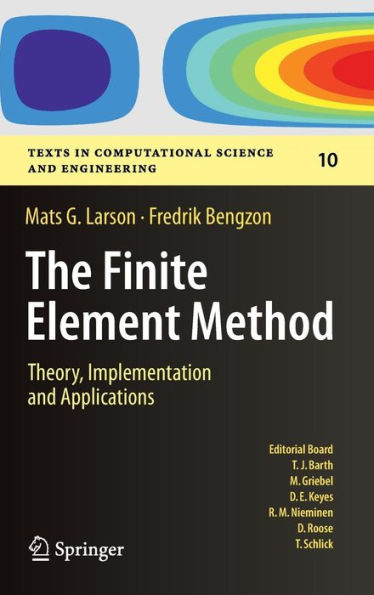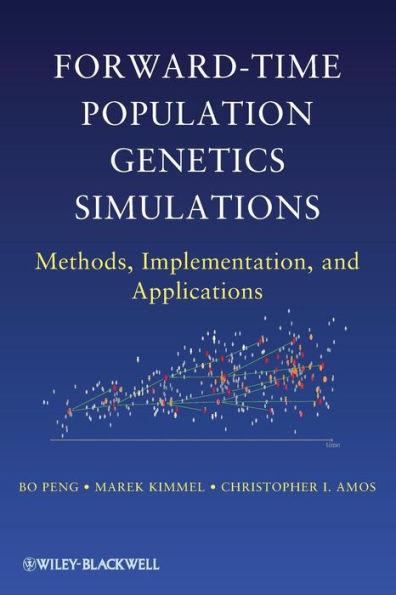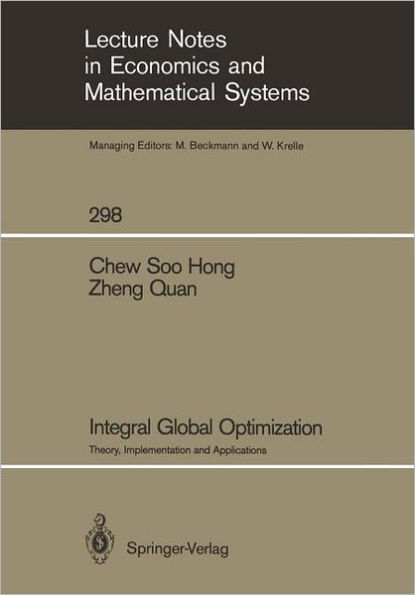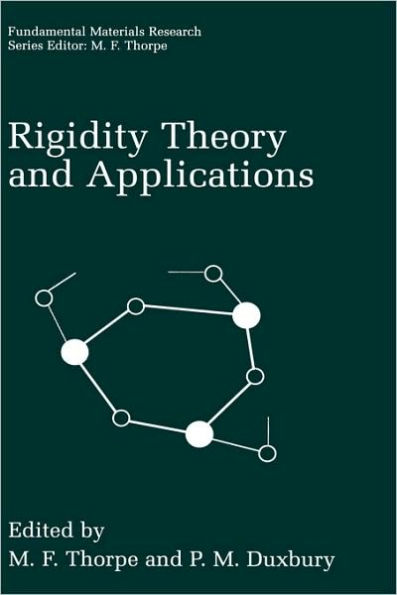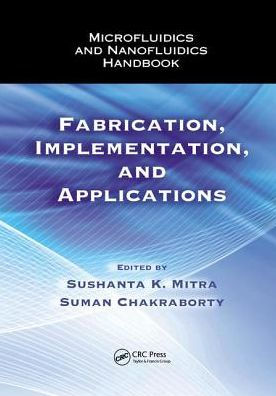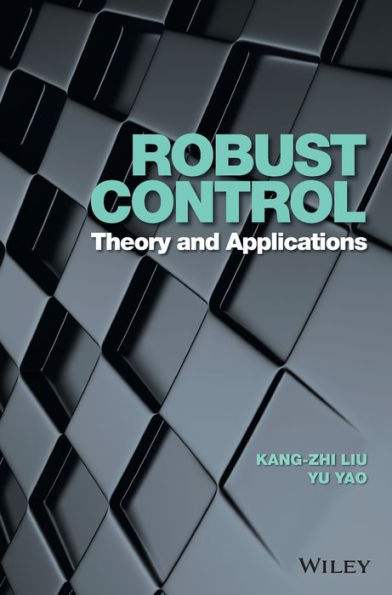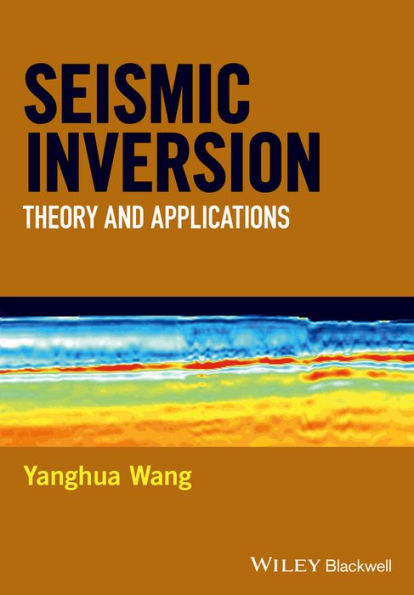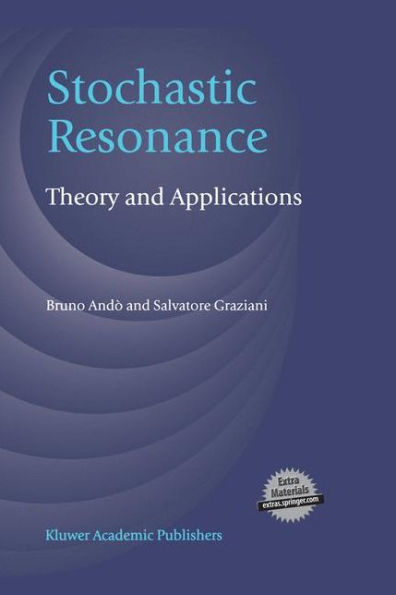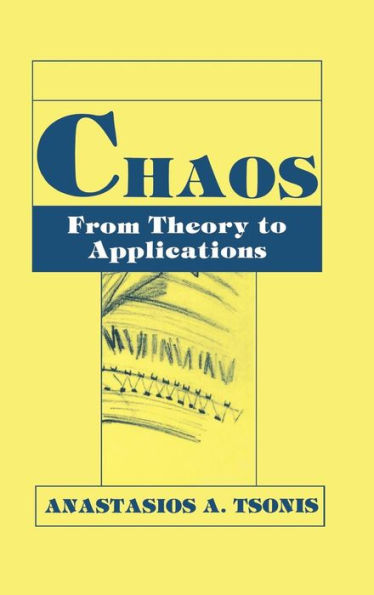Home
Hybrid Simulation: Theory, Implementation and Applications / Edition 1
Loading Inventory...
Barnes and Noble
Hybrid Simulation: Theory, Implementation and Applications / Edition 1
Current price: $54.95
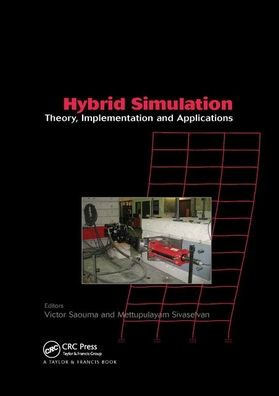

Barnes and Noble
Hybrid Simulation: Theory, Implementation and Applications / Edition 1
Current price: $54.95
Loading Inventory...
Size: OS
*Product Information may vary - to confirm product availability, pricing, and additional information please contact Barnes and Noble
Hybrid Simulation
deals with a rapidly evolving technology combining computer simulation (typically finite element) and physical laboratory testing of two complementary substructures. It is a cost effective alternative to shaking table test, and allows for the improved understanding of complex coupled systems. Traditionally, numerical simulation and physical tests have been uncoupled and performed separately. In this simulation paradigm the coupled nature of the simulation allows for improved understanding, and more efficient design since the factor of safety does not have to be arbitrarily inflated to account for uncertainties of uncoupling. It is a multidisciplinary technology which relies heavily on control theory, computer science, numerical techniques and finds applications in aerospace, civil, and mechanical engineering.
deals with a rapidly evolving technology combining computer simulation (typically finite element) and physical laboratory testing of two complementary substructures. It is a cost effective alternative to shaking table test, and allows for the improved understanding of complex coupled systems. Traditionally, numerical simulation and physical tests have been uncoupled and performed separately. In this simulation paradigm the coupled nature of the simulation allows for improved understanding, and more efficient design since the factor of safety does not have to be arbitrarily inflated to account for uncertainties of uncoupling. It is a multidisciplinary technology which relies heavily on control theory, computer science, numerical techniques and finds applications in aerospace, civil, and mechanical engineering.
